- What is Piriformis Syndrome
- The Role of Exercise in Managing Piriformis Syndrome
- Squats and the Piriformis Muscle
- Guidelines for Performing Squats with Piriformis Syndrome
- Additional Exercises for Managing Piriformis Syndrome
- Additional Exercises for Managing Piriformis Syndrome
- Precautions and Limitations
Piriformis syndrome is a condition that causes pain and discomfort in the hip and lower back due to the compression or irritation of the piriformis muscle. This muscle, located deep in the buttocks, can become tight and inflamed, impacting daily activities and quality of life. While treatment options vary, incorporating exercise into the management plan has shown promising results. This article examines the potential benefits of squats in relieving piriformis syndrome and provides guidelines for incorporating them into an exercise routine.
What is Piriformis Syndrome
Piriformis syndrome typically occurs when the piriformis muscle becomes tight or spasms, irritating the nearby sciatic nerve. This can result from various factors, such as muscle imbalances, overuse, trauma, or prolonged sitting. Individuals with piriformis syndrome experience pain in the buttock region, which can radiate down the back of the thigh and sometimes reach the calf. The condition can make sitting, walking, or even sleeping challenging, highlighting the need for effective management strategies.
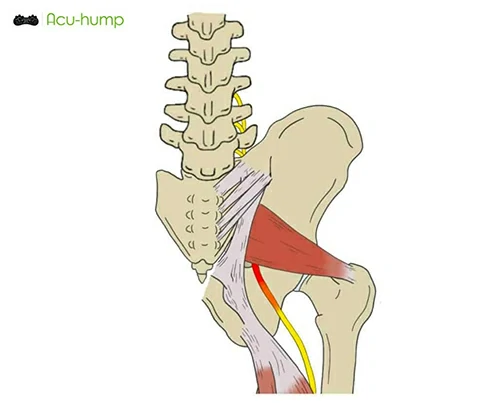
The Role of Exercise in Managing Piriformis Syndrome
Exercise is an essential component of piriformis syndrome management, helping to address muscle imbalances, improve flexibility, and strengthen the surrounding muscles. Regular physical activity promotes blood flow, reduces inflammation, and enhances muscle function. Engaging in the right exercises can alleviate symptoms, improve range of motion, and prevent future flare-ups.
Squats and the Piriformis Muscle
Squats, a compound exercise that targets multiple muscle groups simultaneously, can be beneficial in managing piriformis syndrome. When performed correctly, squats engage the muscles in the buttocks, hips, and thighs. The movement stretches and strengthens the piriformis muscle, helping to release tension and reduce compression on the sciatic nerve. Additionally, squats promote overall lower body strength, stability, and improve posture, which can further alleviate symptoms associated with piriformis syndrome.
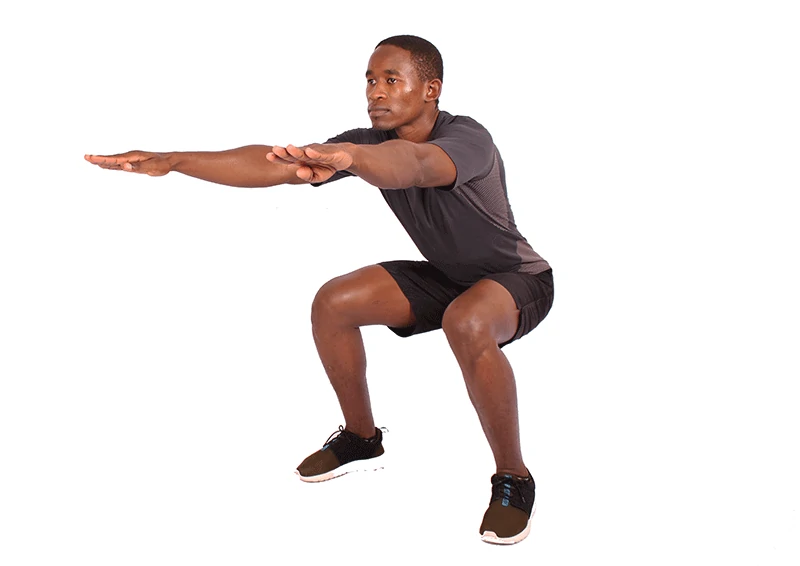
Guidelines for Performing Squats with Piriformis Syndrome
To perform squats effectively and safely with piriformis syndrome, it is crucial to follow proper technique and make necessary modifications. Begin by standing with feet shoulder-width apart, chest up, and core engaged. Slowly lower the body into a squatting position, pushing the hips back and bending the knees to a comfortable depth. Maintain a neutral spine and ensure the knees do not extend beyond the toes. For individuals with piriformis syndrome, it is beneficial to avoid deep squats initially and focus on proper form and gradual progression.
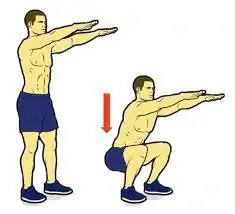
Additional Exercises for Managing Piriformis Syndrome
While squats can be effective, incorporating a variety of exercises can enhance the outcome of piriformis syndrome management. Exercises targeting the gluteal and hip muscles, such as bridges, lunges, and clamshells, can complement squats and provide a well-rounded workout routine. These exercises focus on strengthening and stretching the muscles surrounding the piriformis, reducing tension, and promoting balance within the hip complex.
Additional Exercises for Managing Piriformis Syndrome
While squats can be effective, incorporating a variety of exercises can enhance the outcome of piriformis syndrome management. Exercises targeting the gluteal and hip muscles, such as bridges, lunges, and clamshells, can complement squats and provide a well-rounded workout routine. These exercises focus on strengthening and stretching the muscles surrounding the piriformis, reducing tension, and promoting balance within the hip complex.
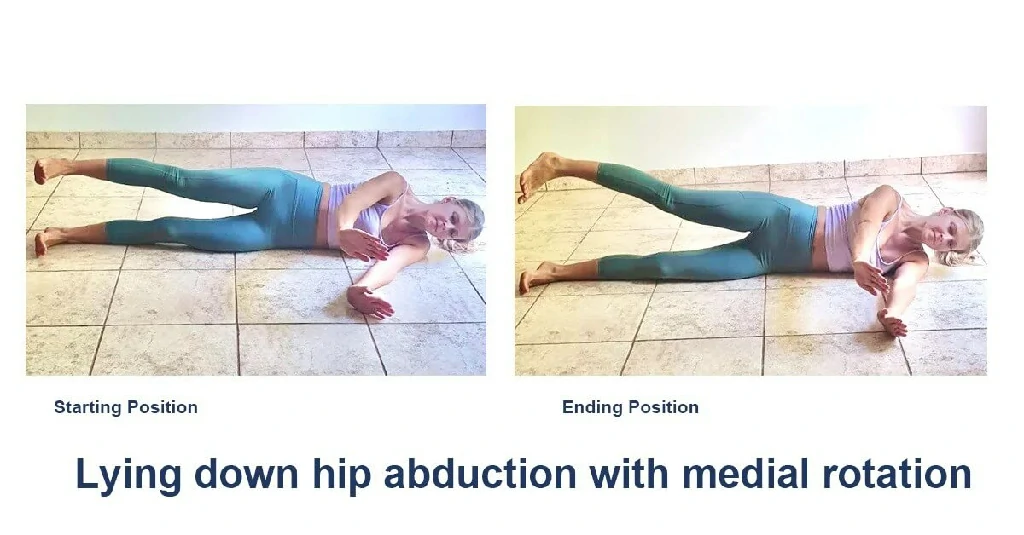
Precautions and Limitations
Additionally, individuals with piriformis syndrome can consider using Acu-hump as a stretching and massage tool to complement their exercise routine. Acu-hump specifically designed to target the piriformis muscle and provide deep tissue massage, alleviating muscle knots and tension.
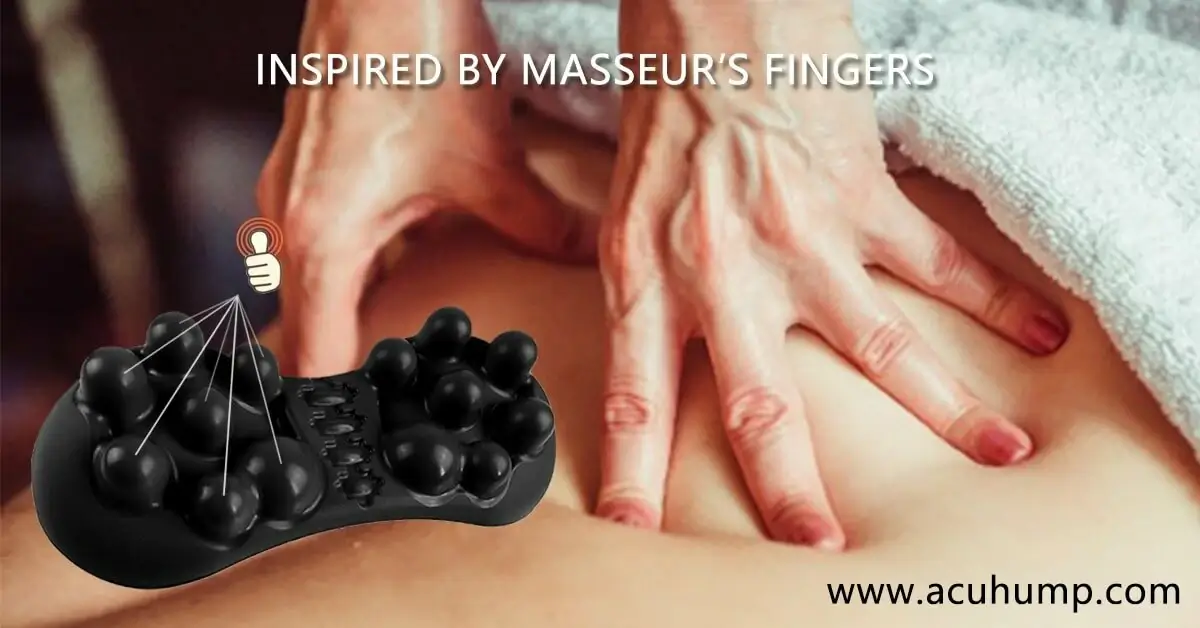
It is important to avoid pushing beyond the limits of pain tolerance and to listen to the body’s signals during exercise or when using Acu-hump. If certain movements or techniques exacerbate symptoms or cause excessive discomfort, modifications or alternative treatments may be necessary.
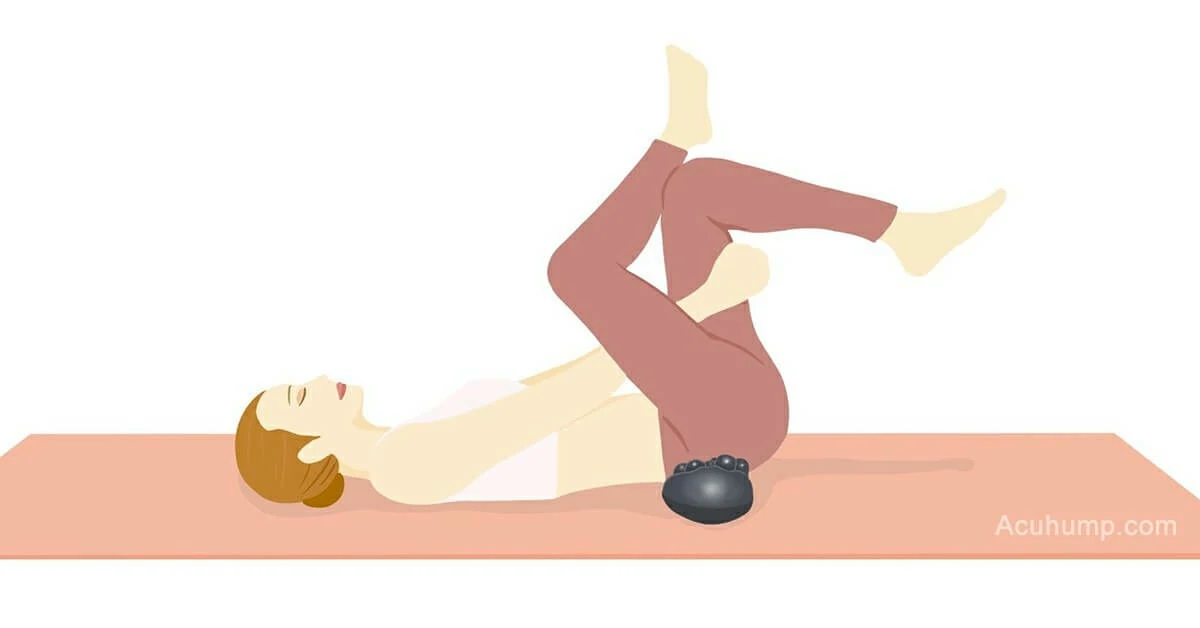
Overall, a comprehensive approach to managing discomfort, including piriformis syndrome stretching, Acu-hump, and professional guidance, can lead to better outcomes and improved quality of life.


Acu-hump: 30-day return policy.
You have no risk.
Incorporating squats and other targeted exercises into an individual’s treatment plan can be a valuable approach to alleviate piriformis pain. However, it is essential to remember that each case is unique, and it is crucial to seek guidance from a healthcare professional or physical therapist to customize an exercise routine that fits specific needs. With patience, consistency, and a comprehensive approach to self-care, individuals with piriformis syndrome can effectively manage their symptoms, improve overall well-being, and regain their quality of life.
